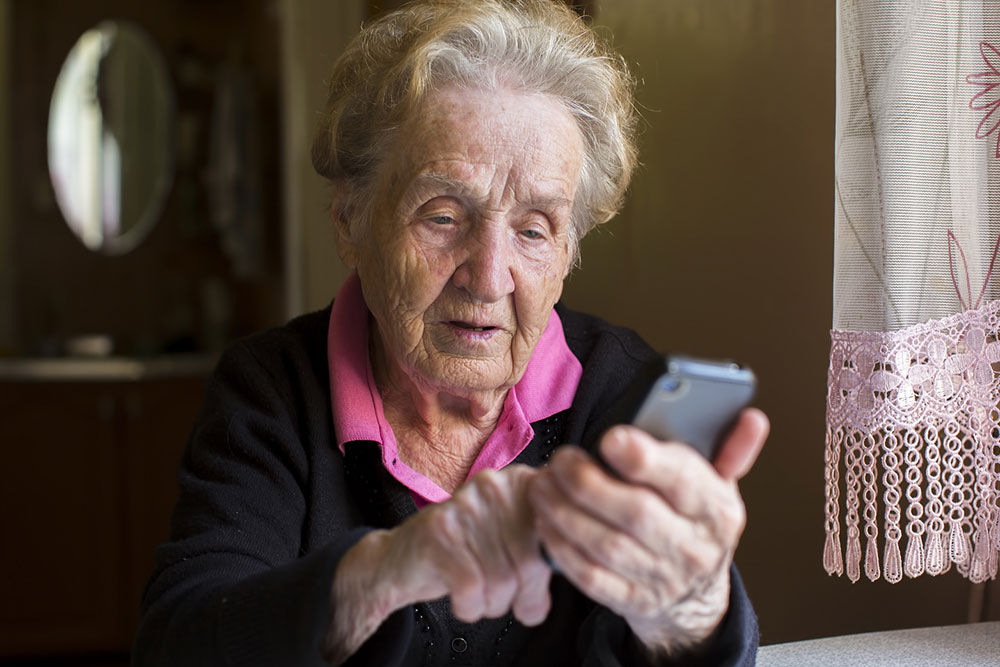9 tips to help seniors use smartphones with ease

In today’s fast-paced digital age, smartphones have become an indispensable part of one’s life. They connect individuals with loved ones, provide access to information, and offer a myriad of entertainment options. However, for the elderly generation, who may not have grown up with these devices, using a smartphone could be intimidating. Here are nine valuable tips and tricks to help seniors embrace the world of smartphones with confidence and ease.
Choose a senior-friendly smartphone
The first step for an elderly individual embarking on their smartphone journey is to select a device tailored to their needs. One must look for phones with larger screens and clear displays, as these make reading texts and viewing photos much more comfortable. Additionally, smartphones designed for seniors often come with simplified interfaces and larger buttons, making navigation easier.
Master the basics
Before delving into advanced features, seniors should focus on mastering the smartphone’s basic functions. Learning how to make and receive calls, send text messages, and manage contacts is essential. Practice is key, and many seniors find it helpful to have a family member or friend provide hands-on guidance.
Customize accessibility settings
Smartphones are equipped with accessibility features that might be a game-changer for elderly users. One can adjust font sizes, screen brightness, and contrast to enhance visibility. If individuals have difficulty with traditional texting, one can enable voice commands or voice-to-text typing. These personalized settings may greatly improve the overall smartphone experience.
Explore user-friendly apps
The world of apps might be overwhelming for some, but there are several apps designed with seniors in mind. One can explore health and prescription reminder apps, weather apps, and news apps to stay informed and organized. Games and puzzle apps might also provide entertainment while stimulating cognitive functions.
Set up emergency contacts and health information
Safety is a paramount concern for seniors. One should make sure to set up emergency contacts and input essential health information, such as allergies and health conditions, into the smartphone. Many smartphones have built-in emergency features that might be activated with a single touch, providing peace of mind to seniors.
Embrace video calling
One of the greatest advantages of smartphones is the ability to connect face-to-face with loved ones, even when miles apart. Elderly users should make an attempt to become comfortable with video calling apps like Zoom or FaceTime over time, as they allow for more personal and engaging conversations with family and friends.
Utilize voice assistants
Voice assistants could help simplify smartphone navigation for seniors. Individuals could use voice commands to make calls, send texts, set reminders, or even search the web. This hands-free approach is especially useful for those with mobility challenges.
Regularly update software
Keeping the smartphone’s operating system and apps up-to-date is crucial for security and performance. One should set up automatic updates to ensure the device always runs smoothly and securely. Regular updates typically bring new features and improvements, enhancing the overall user experience.
Stay informed about scams
The digital world has its share of scams and frauds. Elderly users should be aware of common scams and learn how to spot suspicious messages or calls. One should never share personal information or financial details with unknown contacts and always verify the authenticity of any requests for money or sensitive information.